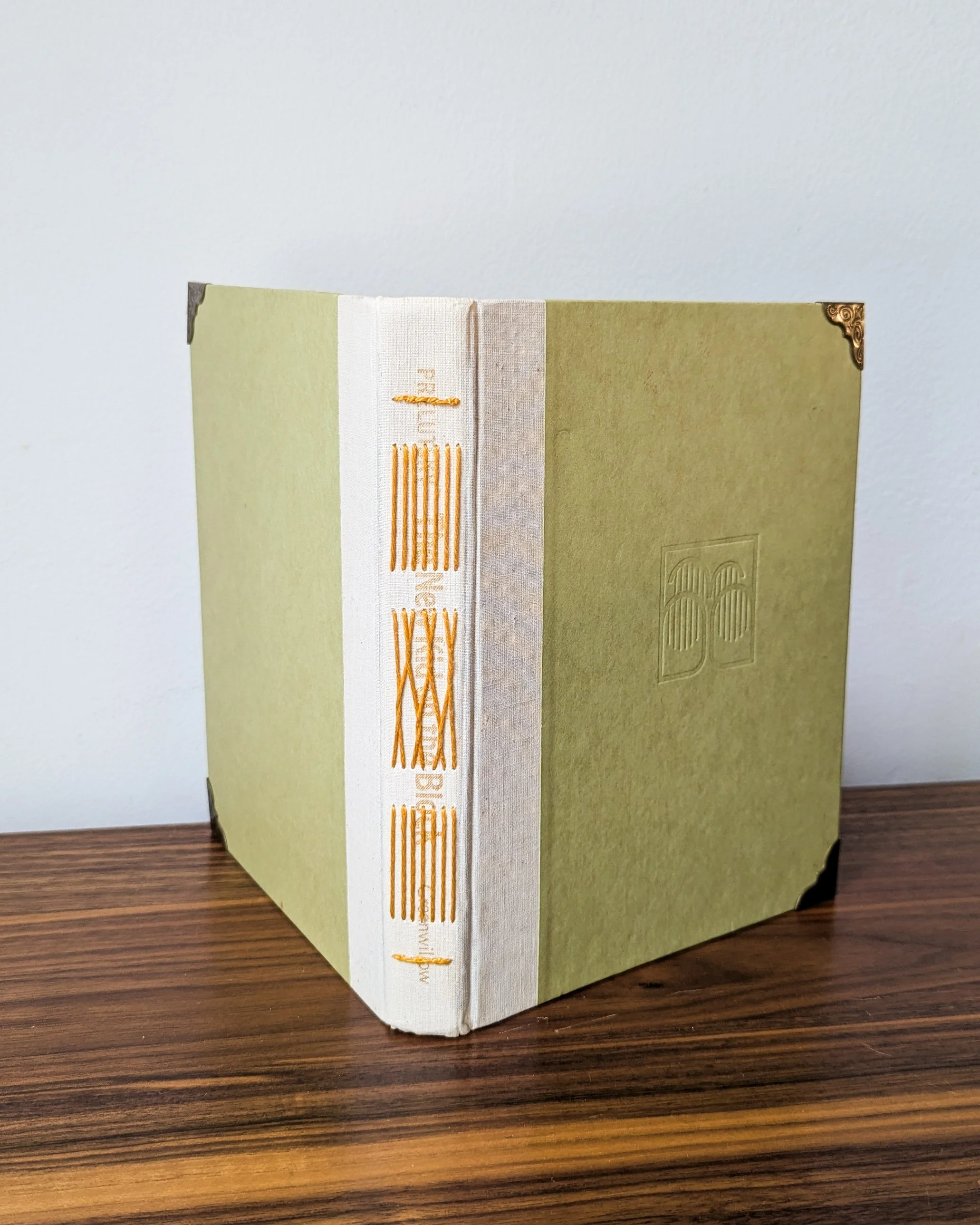Jasper: Tell us a bit about you. Where did you grow up? Was art in your childhood/family? What led you to art?
Mia Estrada: I grew up in Lancaster, SC. It’s a small town, for fun you’d usually meet up at the Sonic or the Walmart as those were the only places to really go to. Art was a big part of my childhood; my mom has a print of a Henri Matisse painting that I would study when I was little. She also had a rule that all of us, us being me and my three siblings, all had to either do a sport or an art. My brothers chose music, my sister soccer, and I did art and horseback riding. I’ve been doing art for as long as I can remember, it’s just always been a part of me.
Jasper: Tell us about your education as an artist.
Mia: I went to Andrew Jackson High School and Middle School for their Arts Focus program. That was the first time I really started to get better at art. Now I am a senior at the University of South Carolina getting my BFA for Graphic Design and Illustration.
Jasper: What led you to your preferred medium?
Mia: My preferred medium is acrylic gouache; I came about this through my internship at Iris + Marie Press. I used to mainly use watercolors and Prismacolor for my work, but the acrylic gouache is just awesome. It has all the benefits of watercolors but the coverage of acrylic paints. The colors are also very vibrant and create a great texture. Using these paints for my work gives me the flat yet vibrant look I prefer for my pieces.
Jasper: What kind of styles do you use within your respective medium?
Mia: I used to struggle with my style. Originally, I thought all art had to be realistic which led to me thinking all my pieces had to be perfect. With the acrylic gouache, there’s almost an immediacy to the work and it makes me work a bit quicker. Now, I tend to create much more simple but colorful pieces, which I truly enjoy.
Jasper: Tell us about the themes or ideas you usually chase in your work.
Mia: In my work, I try to go for a more folk-art style. The simplicity of it is so comforting to me, along with my love for visiting the mountains and seeing that style brings me back to that joy. A subject that is heavily featured in my work is horses. Going back to my childhood, I have crude drawings of horses from when I was little. There’s a joke that artists hate to draw horses because of their awkward proportions, but I am the complete opposite. They are my absolute favorite things to draw. In a broader sense, I tend to stick to animals in my work. Translating them into my style is a bit of a process. I usually do multiple studies of a subject in pencil as true to life as I can, then I break it down until it is a bit simpler yet recognizable.
Jasper: Tell us about the journey you embark on when you create, both emotional and literal/mechanical.
Mia: When creating, I like to put on a good playlist and mess around in my sketchbook. With my sketchbooks, I like to start the first page off by writing a paragraph of my intentions for the sketchbook. I usually have an idea of what I want to create, these ideas usually hit me in the most inconvenient times when I am away from my sketchbook. This usually gives me time to refine my head, from there I sketch and continue refining until I am happy. I start the final piece either right after or two weeks later. I usually feel finished with a piece a few days after I finish it. I let it live on my desk and look at it throughout the days, fixing and adding things as I feel necessary.
Jasper: Tell us about this show specifically.
Mia: This show, which I’ve named “Small Joys,” are all paintings of subjects that bring me joy. These pieces are also smaller, so the name came naturally. All the works featured are made for this show. My favorite has to be “White Colt,” while painting him he just came off so sassy and full of personality. The mindset I had going into this show was to show flora and fauna that I have seen throughout my life that brought me joy. I love making people happy and bringing joy with my work, so in sharing subjects that bring me joy, I hope to bring that joy to others with this show.
Jasper: If you’ve done any shows or won any awards you’d like us to highlight, let us know!
Mia: I was an artist in the “Pen Pals” show at Good for the Sole in Five Points.
Jasper: What’s your favorite memory and/or experience as an artist so far?
Mia: My favorite experience as an artist was tabling at Soda City Market and seeing people enjoy my art. Having that in-person interaction and sharing my work with others is so rewarding and something that will never get old.
Jasper: What’s in the future for you? And where can we see your art after this show?
Mia: I will be moving to Washington, DC to live with my boyfriend and continue my art journey. I share my art on my Instagram (@mearts03) and will be making a website soon.
Mia Estrada is a Latina illustrator based in Columbia, South Carolina. She specializes in digital art, but traditionally specializes in acrylic gouache, ink, and watercolor. Her art mainly features animals with a spotlight on her favorite, the horse. Mia currently attends the University of South Carolina as a senior and is majoring in Studio Arts with a concentration in Graphic Design and Illustration.





















































